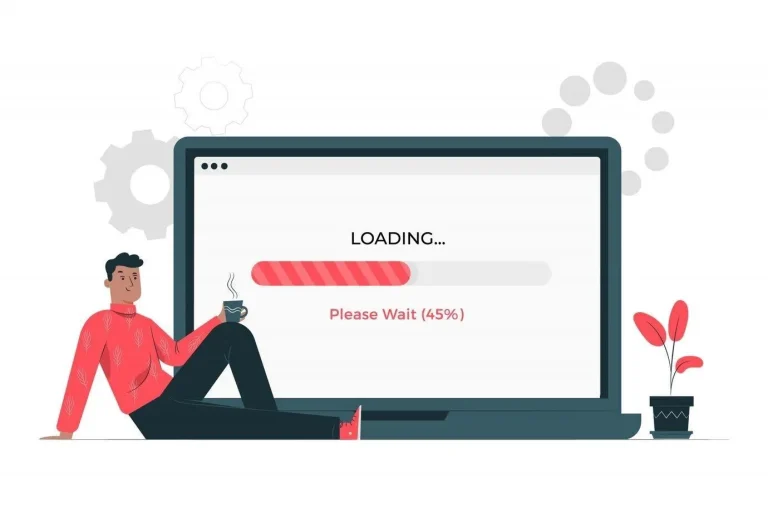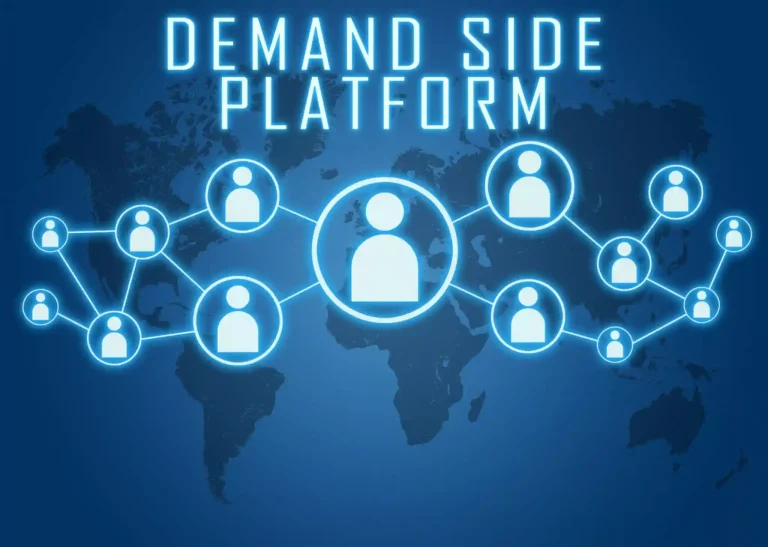Transparency and complexity are the two mystic forces surrounding adtech!
Unlocking the full potential of header bidding by crossing the complex integration and setup is a tough task for many publishers.
Google Ad Manager (GAM) just got a solution for this – header bidding trafficking.
In this extensive guide, we have covered everything about header bidding trafficking. How it works, how you can enable it, and all the protections you can levy to improve your ad performance and targeting.
So, read on to learn more about it.
Table of Contents
- What Is Header Bidding Trafficking?
- How Does it Work?
- How to Enable Header Bidding Trafficking?
- Restrictions in Header Bidding Trafficking
- Does Header Bidding Trafficking Enable Higher Demand?
- Does Header Bidding Trafficking Run Along With Current Header Bidding Setup?
- Use Protection to Save Line Items
- Why Should You Choose Header Bidding Trafficking?
- What Should You Do to Enable Header Bidding Trafficking?
What Is Header Bidding Trafficking?
Header bidding trafficking simplifies the setup and management of header bidding. This feature inserts bids from the prebid.js client-side header bidding directly into the unified auction with only a few clicks to enable.
This reduces the complexity and overhead spent configuring the setup on the client side, reducing misconfiguration errors and lifting the ad revenue.
How Does it Work?
Header bidding trafficking simplifies header bidding management by passing the bidding value to the ad manager via Google Publisher Tags(GPT).
Simply put, it gives an interface within GAM for publishers to choose line items and set up auction logic.
Usually, in client-side header bidding, the auction logic and optimization are configured in the webpage to conduct the auction in the webpage itself.
By configuring the setup using header bidding trafficking, the publisher allows GAM to collect bids and decide the winner.
- The header bidding trafficking eliminates the need to set thousands of price priority line items and associated shell creatives. Through this, it reduces complexity and overhead.
- It supports granular bidding by considering true bid values instead of the price priority line items.
- Moreover, it provides enhanced and consolidated reporting across all demand channels with the bids entering the auction. This comprehensive insight instills confidence in publishers, equipping them with the necessary information for informed decision-making.
How to Enable Header Bidding Trafficking?
Google Ad Manager 360(GAM 360) offers the header bidding trafficking feature. So, the first requirement to enable it is having an account in GAM 360.
There are other requirements to utilize header bidding trafficking; we will see those before the enabling process.
Requirements to set header bidding trafficking
- Integrate the Prebid wrapper into your system according to the standard implementation guide by Google. The standard implementation stops the effect of any prebid customization, preventing the ad manager from collecting bids for ad serving.
- Use Google Publisher Tag on your website to work with the prebid wrapper to facilitate header bidding trafficking. Google Publisher Tag is responsible for passing bid responses to GAM.
Step-by-step process to enable header bidding trafficking
After enabling header bidding trafficking, you can start trafficking readily or run an experiment to infer the trafficking impact on the ad revenue.
- Sign in to your GAM account.
- Go to Delivery and then Bidders.
- Click on the Header bidding tab.
- Then click on Get Started (only for the first time) to enable Prebid for the network.
- After the start, the publisher can review each detection bidder and customize the setting with three configurations.
- You can enable SafeFrame for bidders to render the ads inside it. The SafeFrame gives publishers control over ad usage and adds an extra security layer.
- You can enable optimized private auction deals for the bidders with deal IDs to maximize their winning chance. Otherwise, they will compete with other relevant line items in your network.
- Enable child-directed ads for the bidder who displays ad content for children. The Ad Manager can put the ad associated with that bidder under “ child-directed” requests.
- Click continue after configuring the settings.
- On the next page, you will be provided with two options:
- To run the experiment to see the impact of header bidding trafficking on your revenue, click Run experiment.
(or)
- To start trafficking immediately, click Run Prebid.
- Click finish.
Points to remember:
- Tagging changes are not required, as Google Publisher Tags will collect the necessary data directly from the prebid wrapper.
- Publishers must continue to use existing prebid header bidding wrappers. Header bidding trafficking only resolves the complexity in the setting and configuration of the header bidding setup.
Restrictions in Header Bidding Trafficking
You can utilize header bidding trafficking only if you have a GAM 360 account, and it is not available to basic GAM users.
Also, if you have a GAM 360 account,
- You can target only the banner ad formats using header bidding trafficking
- Secondly, header bidding trafficking is now only available for website inventories, not for mobile.
Does Header Bidding Trafficking Enable Higher Demand?
Higher demand denoted here is getting high CPM (cost per mille) for your ad space.
My answer is maybe or maybe not. The aim of implementing header bidding trafficking is to reduce the configuration burden and reduce common configuration errors.
Even while using header bidding trafficking, the number of demand partners you connect with is the same. Mostly, the value of your ad space will stay the same with or without header bidding trafficking.
In any case, if you are losing your revenue with misconfiguring errors, you might get higher CPM demands with header bidding trafficking. Because it gives a friendly interface to you to configure things easily.
Does Header Bidding Trafficking Run Along With Current Header Bidding Setup?
Header bidding trafficking is an optional feature. You can opt for it if you want to direct some of your traffic to header bidding trafficking.
Even if you choose header bidding trafficking, the current header bidding setup continues to run. Both header bidding and header bidding trafficking can run in tandem to improve ad performance and efficiency, but impressions will be counted only once.
Use Protection to Save Line Items
Since header bidding trafficking checks true bid values, it can override your preferred line item. To prevent this, you can configure protection to header bidding trafficking to protect your high-revenue direct deals.
- Select the header bidding as your new demand source to which you want to apply for protection in Ad Manager. By doing this, sources like preferred and direct deals will become inclusive.
- Determine the suitable targeting parameter that reflects your advertising goals and apply that to the header bidding added as a new demand source.
Why Should You Choose Header Bidding Trafficking?
Well, if you ask me why I should choose header bidding trafficking? The one-line answer would be that it takes integration and setup of header bidding a step easier, which improves performance and efficiency.
Despite the advantages, it also has demerits. It would help if you weighed both pros and cons according to your needs to decide whether to choose it.
First, the pros of implementing header bidding trafficking are that it reduces header bidding setup and integration complexity. It also reduces configuration errors, gives consolidated reporting, and helps in granular bidding.
Cons of header bidding trafficking:
- The first thing is header bidding trafficking is still in the experiment stage.
- There are no reliable real-time cases that support the fact that header bidding trafficking improves efficiency and performance.
- Also, we don’t know that the so-called “consolidated reporting” of header bidding trafficking is how detailed and gives helpful insights.
- Google Ad Manager says publishers should levy protection for the preferred line item to prevent it from being overridden. But we don’t know how effective that would be in a real-time auction and how the GAM uses that protection. Thus, the transparency is less.
It might sound anecdotal, but I believe one of the reasons behind the evolution of header beading was to defeat Google’s monopoly. It gives publishers transparency over the auction process. Moving back in with Google develops a question mark for me.
The reason they say to choose header bidding trafficking is that it will reduce your workload in setting up and managing header bidding. If you find that difficult, rather than choosing header bidding trafficking and losing transparency, you can choose a good monetization partner.
They will help with integration and management. They will also connect you with diverse demand partners besides AdSense and GAM. Most importantly, you will regain transparency over the auction process and detailed reporting on ad performance with a reliable dashboard.
What Should You Do to Enable Header Bidding Trafficking?
Necessity is the mother of invention! As a reflection of this phrase, header bidding trafficking was developed to reduce integration and setting up burdens.
After weighing the pros and cons of header bidding trafficking, choosing header bidding trafficking will require a GAM 360 account.
If not, you can access the feature by partnering with good programmatic monetization partners. Google Certified Publishing Partners offer services to child publishers like you and let you access platforms with high entry barriers like GAM 360.
Programmatic partners offer more than just access to header bidding trafficking. They provide comprehensive adtech solutions, catering to all your ad operation needs.
So, find one who can give customized solutions for all your ad operation needs, or contact us. We can connect you with a reliable programmatic partner who scales you with high demand and ad revenue and gives better results quickly with personalized solutions.























